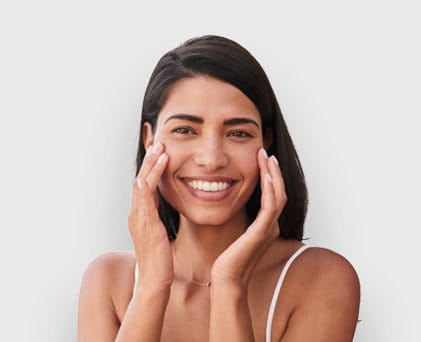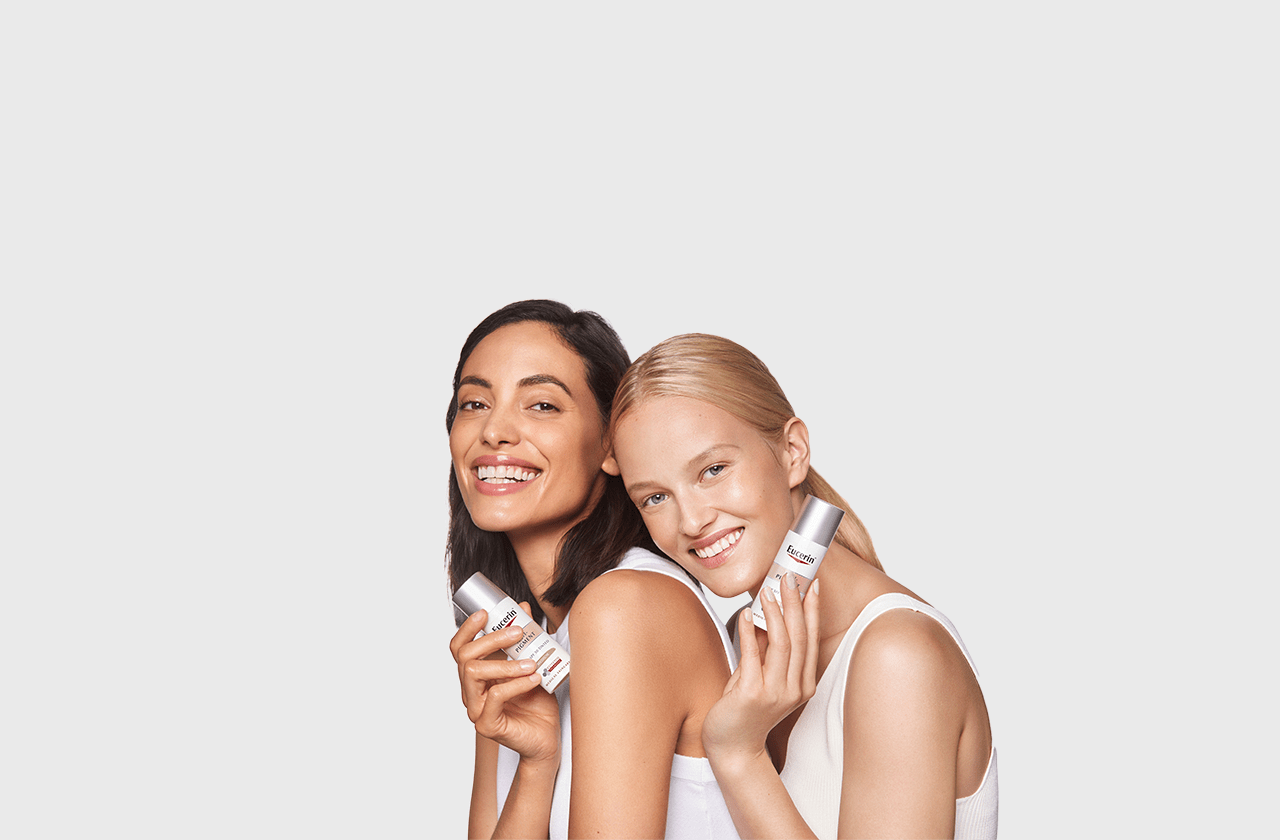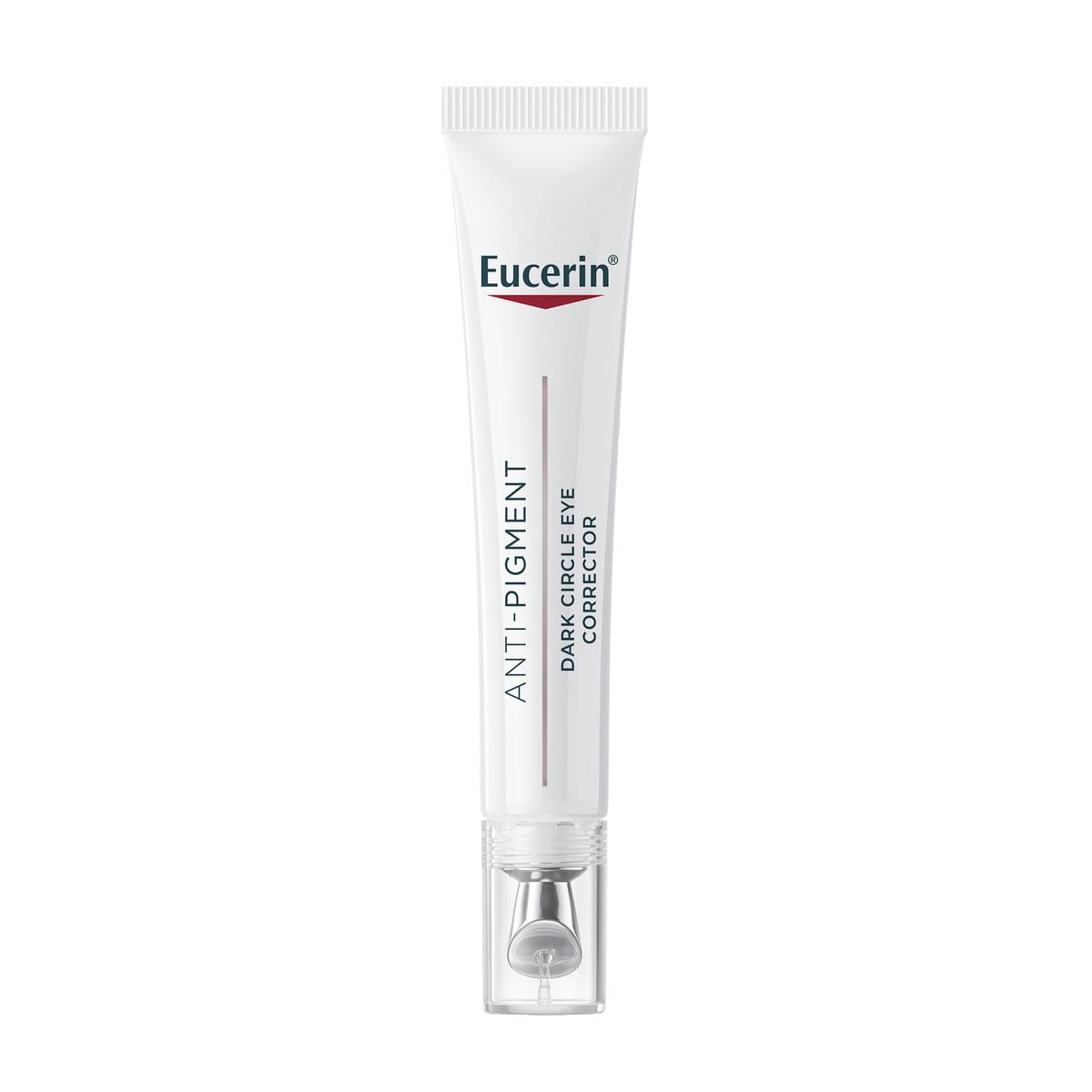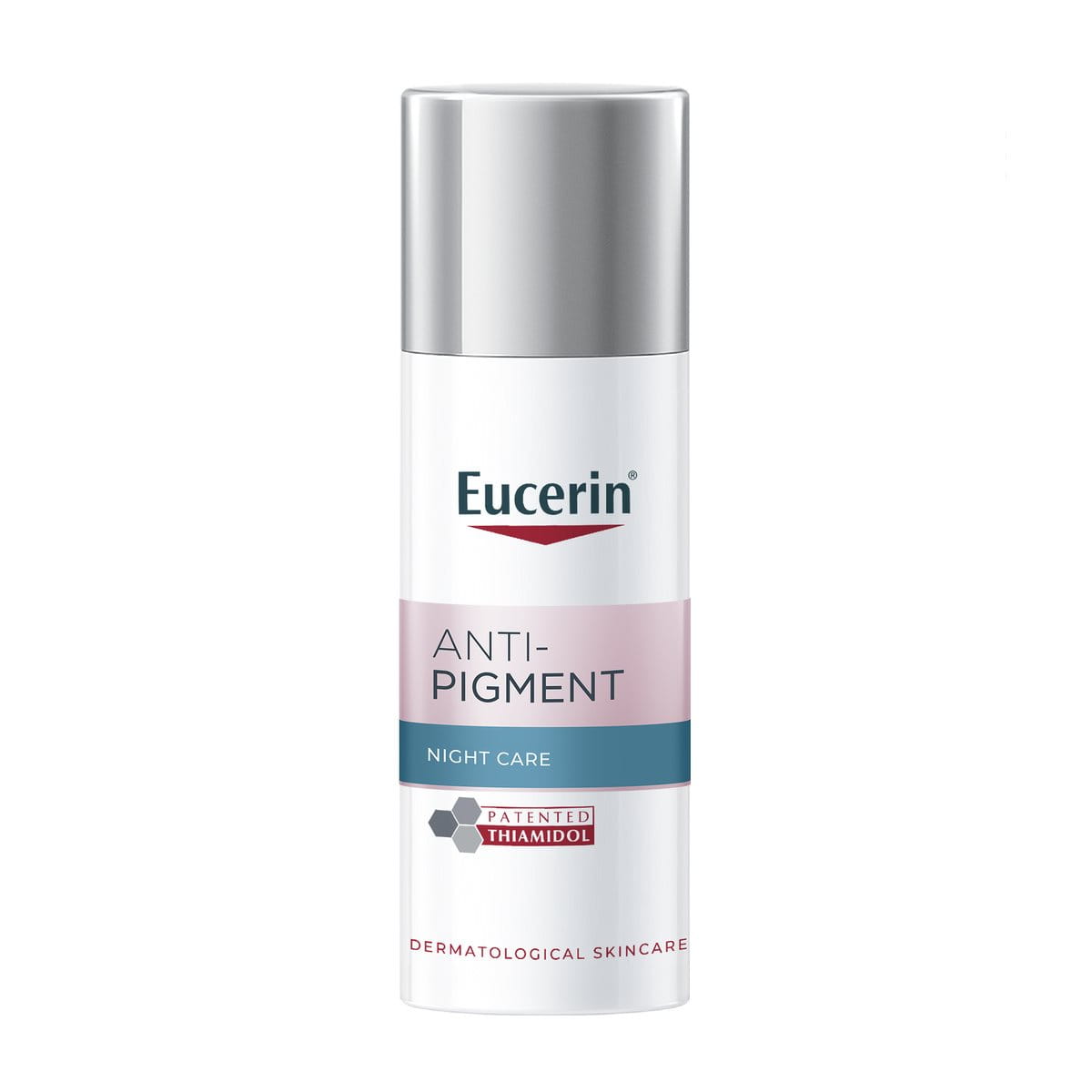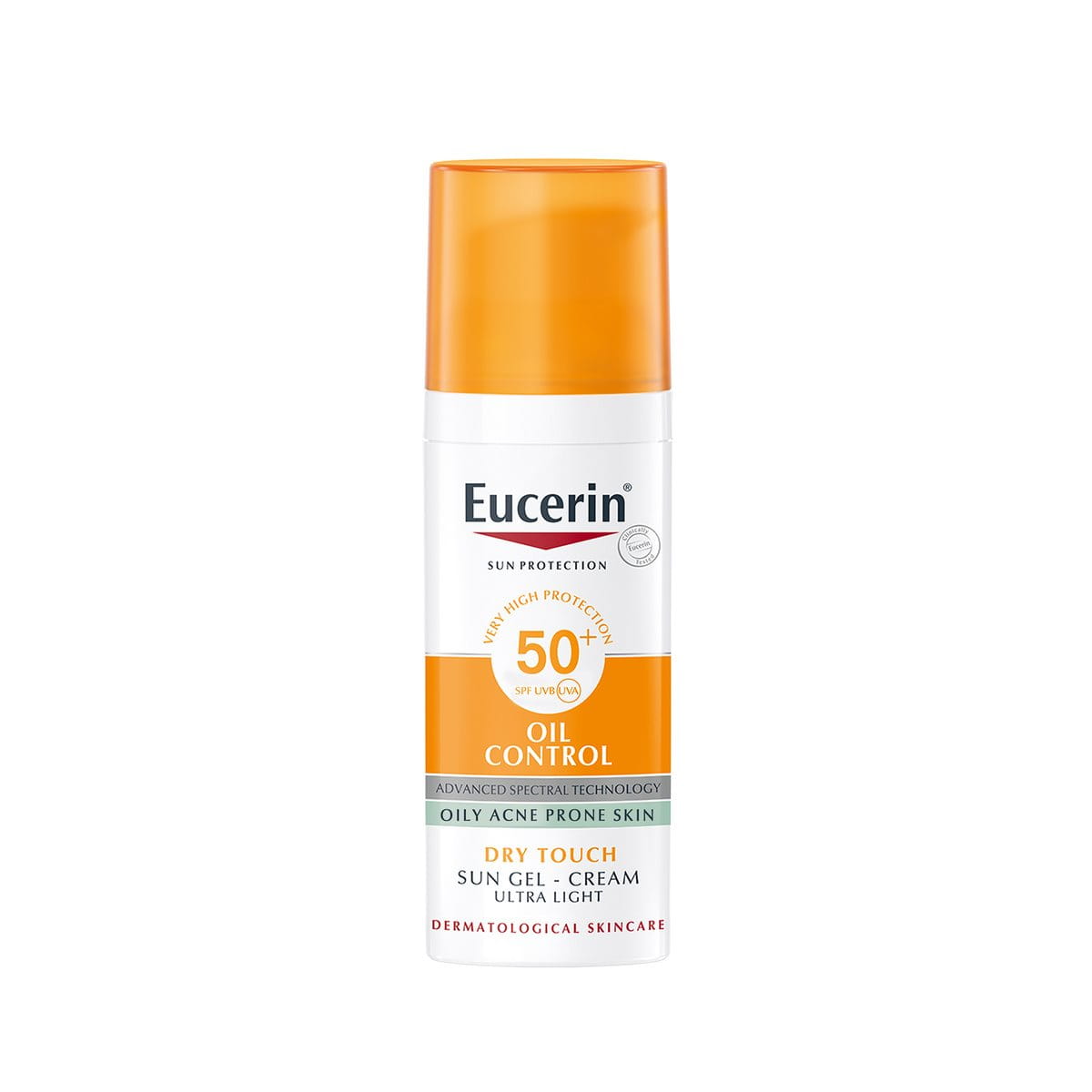Have you noticed a change in the hue of the skin around your eyes, especially during periods of stress, sickness, and allergies? Among the masses, this concern is often referred to as "dark" or "black" eyelids. It is extremely common and affects people all around the world, irrespective of age or ethnicity. However, commonly, the appearance of pigmented eyelids and skin surrounding the eye might lead to a hampered self-esteem, causing distress. However, it is beneficial to understand that dark eyelids are not a medical condition but a cosmetic one. Dark eyelids manifest as periocular or periorbital hyperpigmentation (POH) and were found to be most prevalent in individuals between the ages of 16 and 25 according to a 2014 study.
The attributes linked to POH are exacerbated production of melanin on the eyelids and underneath the eyes, puffiness and bluish hue induced by vascular blood vessels or natural contours, and irregular fat distribution around the eyelids. Let’s understand the nuances of this condition and how to treat dark eyelids naturally for radiant, healthier-looking skin around your eyes.
Keynotes:
- The occurrence of black eyelids can stem from causes such as genetics, allergies, nutrient deficiencies, skin conditions, and lifestyle choices.
- For milder cases, some dark eyelid remedies include the use of natural ingredients like cucumber and almond oil to soothe and moisturize the skin.
- Professional treatments for eyelid hyperpigmentation can range from topical creams and chemical peels to laser therapies.
- Healthier lifestyle choices such as getting sufficient sleep, using gentle cosmetics, and consistent use of broad-spectrum sunscreen are recommended to maintain the health of the skin.

